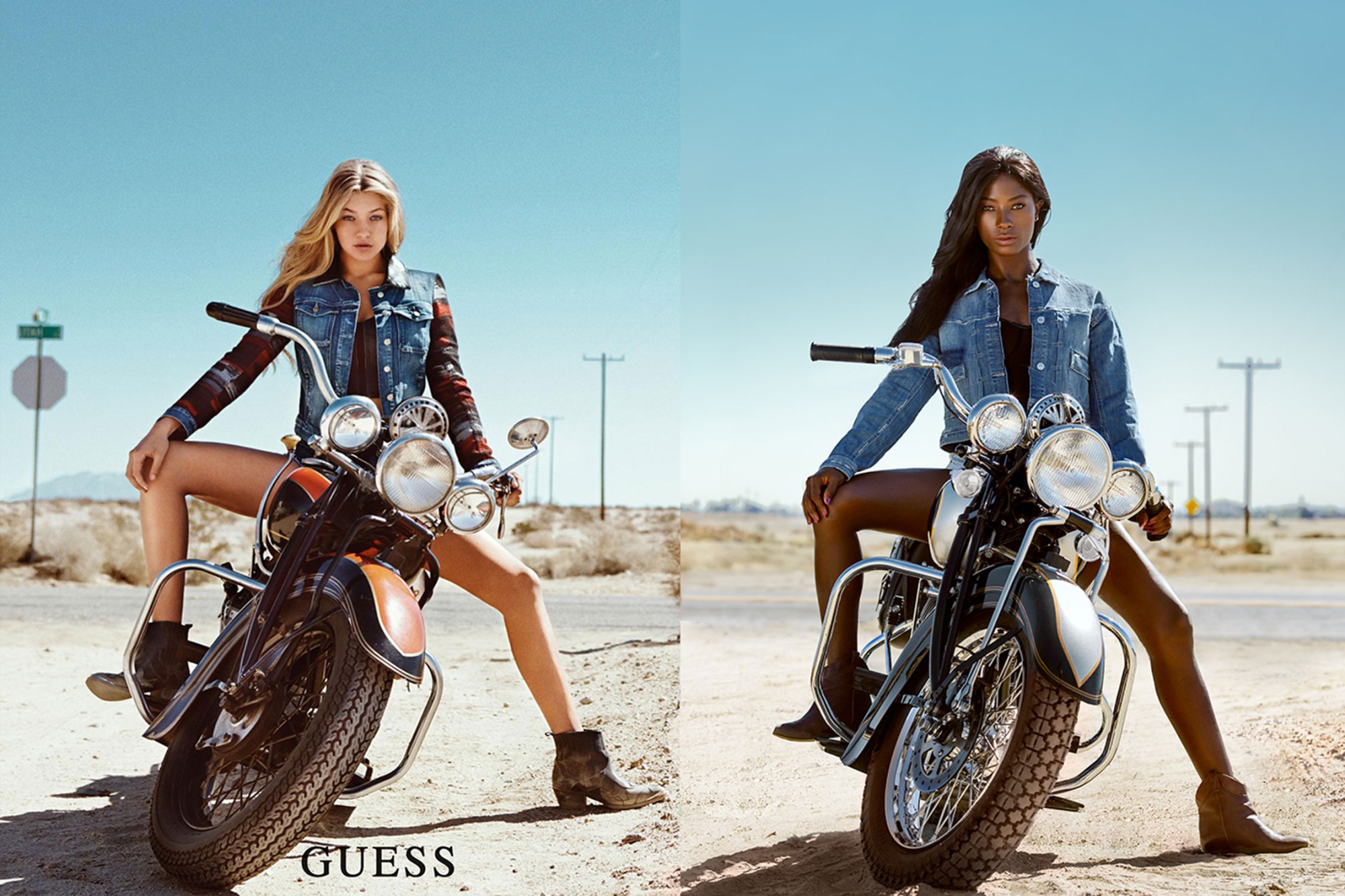
Deddeh Howard was looking through magazines on a trip to the supermarket last year when she noticed that there were almost no black models featured.
“I had started fashion blogging, and I was looking for inspiration,” Howard, 27, tells PEOPLE. “I was looking for ethnic models, and I realized that I could count the black models. I freaked out. It was almost like a slap that woke me up, like, ‘Wow, we are really underrepresented.’”
And it’s not just in magazines that Howard noticed the dearth of models of color.
“When you walk down the street, the billboards, there’s no diversity — or if there is, there is one [diverse girl] with white girls,” she says. “Have we not passed that stage where the audience is treated as equals?”
Howard, who is a model herself, says it has been hard for her to book jobs because of her skin tone.
“I had agencies tell me, ‘We really like you, but we have one or two models that look like you,’” says the Liberian-born medical student. “Agencies say that the reason they’re sending more white girls out for jobs is because that’s what the client wants. It’s biased. We live in a world where audience is audience, and we’re not just one race. I’m losing jobs every single day because of my skin color.”
So Howard decided to take matters into her own hands and teamed up with photographer Raffael Dickreuter to create her “Black Mirror” photo series, which recreates fashion campaign images featuring white models to show what they would look like with a more diverse model.
“We came up with the idea to take photos that everyone looks up to and mirror it — what if it were with a black girl or an Asian girl or a Hispanic girl?” says Howard, who now lives in Los Angeles. “I put all my frustration and negativity and how much I felt less as a person and how much I was put down as a person, and had that inspire this project.”
While Howard said nailing the poses was easy, everything else about the process was “challenging.”
“The Gigi Hadid one was the most difficult because we had to get a bike that looked similar, and [get the right] sun is and the light position, and my boyfriend and a friend looked for hours for a similar location because we didn’t know where she shot it — but it worked out so perfectly,” she says. “The guy who had the bike was so inspired by my story that he gave us the bike for free!”
Howard hopes her photos inspire anyone who has been made to feel less-than because of the color of their skin.
“I know there’s someone out there going through the same thing, and I want them to know that if they can do it, you can do it,” she says. “Stand up for yourself because diversity matters a lot. We have to learn to accept each other. Fashion should not be black or white, the world should not be black or white. I walk down the street and I feel insecure because of these issues. That’s why I’m out there speaking for everybody.”
This article originally appeared on People.com
More Must-Reads from TIME
- Why Trump’s Message Worked on Latino Men
- What Trump’s Win Could Mean for Housing
- The 100 Must-Read Books of 2024
- Sleep Doctors Share the 1 Tip That’s Changed Their Lives
- Column: Let’s Bring Back Romance
- What It’s Like to Have Long COVID As a Kid
- FX’s Say Nothing Is the Must-Watch Political Thriller of 2024
- Merle Bombardieri Is Helping People Make the Baby Decision
Contact us at letters@time.com